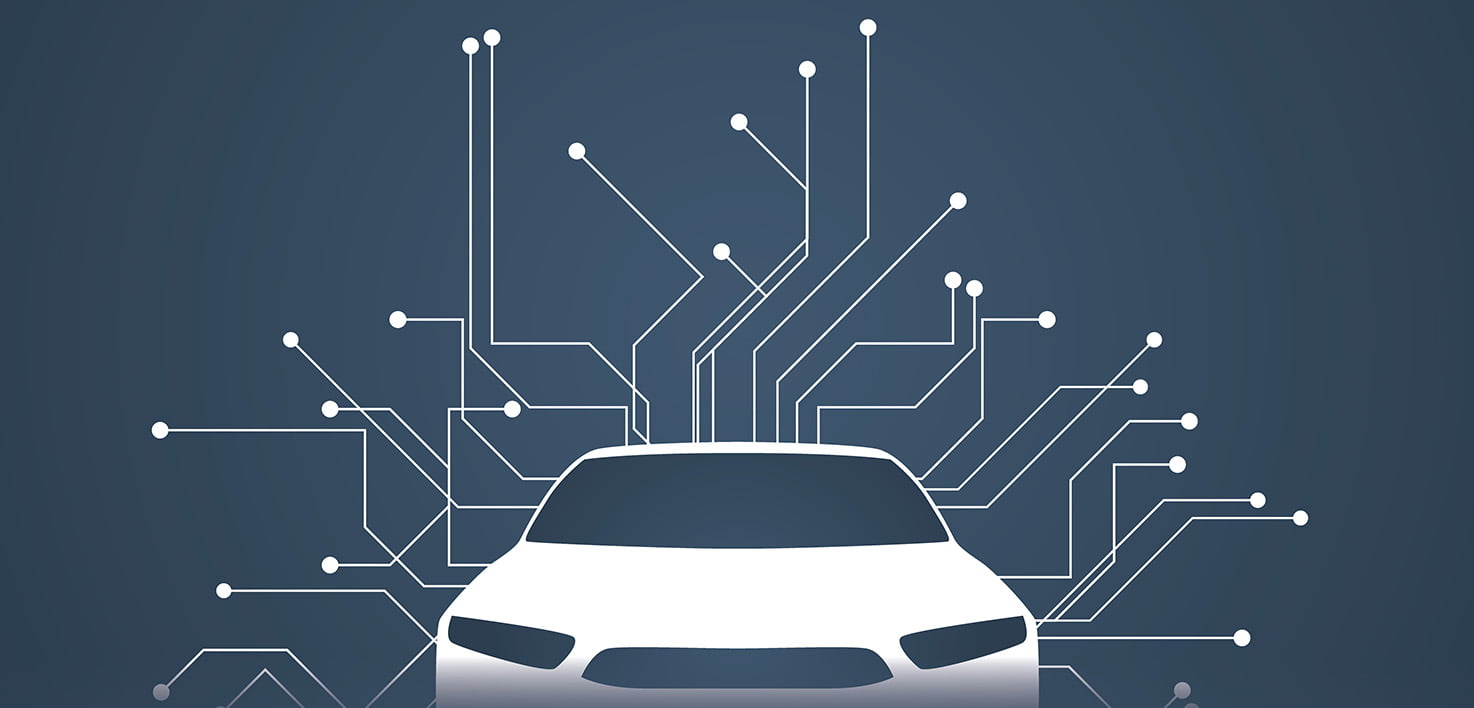
As a road safety organisation, IAM RoadSmart is supportive of any legislation, activity or innovation that helps to reduce the frequency and severity of collisions on our roads. We are also keen to contribute our expertise to the never-ending debates about transport policy, new vehicle technology and the development of the UK road network, with a view to promoting the safest possible solutions.
When it comes to the rules of the road, there are some who favour absolutes – blanket application and zero tolerance – supported by maximum enforcement and severe penalties, the thinking being that this approach provides the strongest possible deterrent to offending. However, the variety of road users and their conflicting needs, along with our increasingly ‘connected’ lifestyles and the landscape of mobility, means there is always a bigger picture to be considered.
Earlier this month, a report released by the Transport Select Committee following an examination of research into the effects of phone use on driving ability, suggested that there ought to be changes in the law to reflect the true level of risk posed by the making of hands-free calls while driving.
The report points to road casualty statistics from 2011-2017, which indicate that distraction from mobile phones is a rising cause of serious collisions: the incidence of people being killed or seriously injured each year, in collisions where phone use was a contributory factor, doubled over that six-year period. The penalties for using a handheld phone while driving have been made more severe, and the prevalence of hands-free technologies ought to have eliminated much of the temptation, but the numbers suggest that these supposed solutions are not working. Why?
Many will point to a lack of enforcement, and it is clear that this is a major factor, with fixed penalties and successful prosecutions having fallen by more than two thirds over that same six-year period. The difficulty in detection of such offences is also an ongoing challenge for police, and many drivers therefore do not view the potential penalties, or the risk of being caught, as providing a significant deterrent.
Another factor may be the fact that hands-free technology is not really the safe solution we had hoped for. Studies carried out by the Transport Research Laboratory and others, have shown that hands-free calling causes drivers a high degree of cognitive impairment (greater even than having a blood alcohol level of just below the legal drink-drive limit applicable in England and Wales). Contrary to popular belief, hands-free phone conversations are a source of far greater distraction than conversation with passengers, due to the way in which they engage a driver’s imagination.
The suggestion that emerged from the Transport Select Committee is that the government should consider banning hands-free calling while driving. This has faced an immediate backlash, with critics pointing out that the scant enforcement of existing legislation covering handheld devices will simply mean that new legislation covering hands-free will also go unenforced. The innate difficulty in detecting ‘hands-free offences’ will be a further barrier to effective enforcement. The report also recommends that the penalties for all driving offences be reviewed in accordance with a ‘heirarchy of distractions’ informed by scientific research, and this does seem necessary in order to minimise dissent.

Businesses which depend entirely on connected technologies including navigation and messaging systems, could find their entire business model undermined.
Further criticism has come from the world of commercial driving. Over the last couple of decades, mobile phones have become integral to so many job roles, and the legal use of hands-free technology is seen as essential to ensuring operational efficiency. Many field-based staff are relied upon to remain connected and contactable at all times, and legislation prohibiting the use of hands-free communications devices would require businesses to carry out a complete overhaul of their driving policies and operational procedures.
A whole range of hands-free technology designed ostensibly for keeping drivers’ eyes on the road and hands on the wheel, such as satnav and voice-controlled infotainment systems, could be considered distracting on similar grounds, and might then be threatened by similar legislation. Businesses such as last-mile delivery and app-based ride sharing services, which depend entirely on connected technologies including navigation and messaging systems, could find their entire business model undermined.
Where does IAM RoadSmart stand? While we are keen for the law to be robustly enforced, and for businesses to cultivate safer driving policies as part of their wider safety culture, we acknowledge that business motoring is one part of an evolving landscape. Technology is constantly changing, providing new challenges for road safety but also new solutions, and may ultimately go on to solve some of the very problems it has created. In the meantime, our most positive contribution to road safety will come from educating drivers, helping them to recognise and deal with the challenges that they face every day, within the bounds of what is permitted by law.
Many business drivers feel compelled to remain connected while driving, in the belief that ‘there might be an emergency’, and this pressure is often thought to come from above. Unlike the emergency services, your everyday business driver does not have special dispensation to use communications devices while driving, or the specialist training to equip them to do so in relative safety. It is time businesses began contributing to road safety by reframing their drivers’ responsibilities more realistically, and by training each driver to a level appropriate for the challenges of their role.


